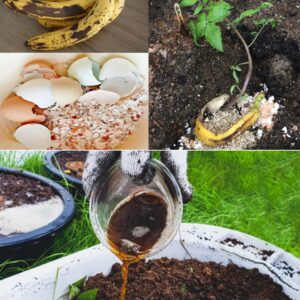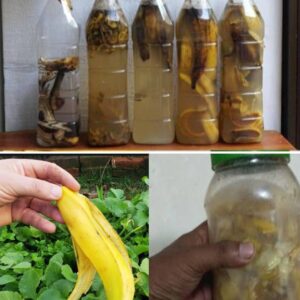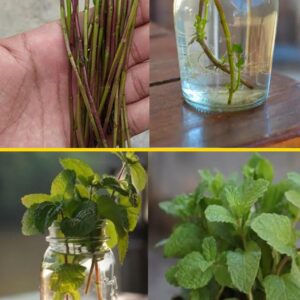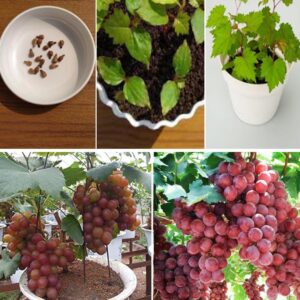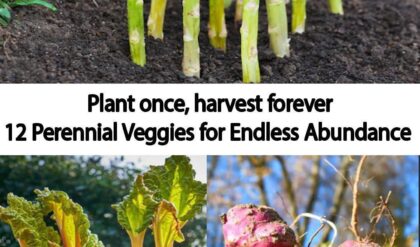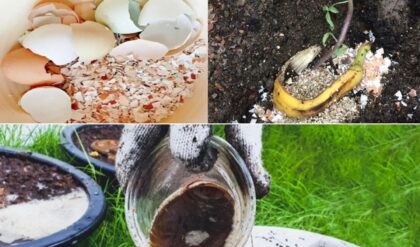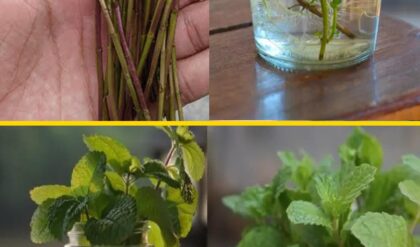Dragon fruit, also known as pitaya, is a unique and exotic fruit that has gained popularity in recent years for its vibrant colors and delicious taste. Among the various types of dragon fruit, the Purple Dragon Fruit (Hylocereus costaricensis) stands out for its stunning purple-red flesh and sweet flavor. If you’re a beginner looking to embark on a rewarding gardening journey, growing Purple Dragon Fruit from cuttings is an excellent place to start. In this guide, we’ll walk you through the steps to successfully cultivate this captivating fruit.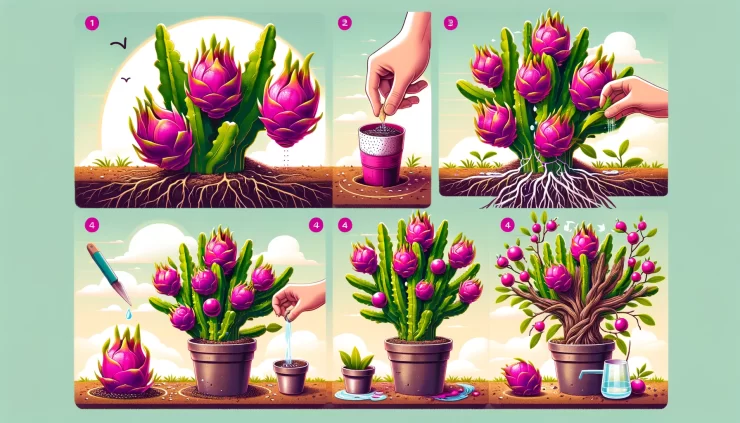
Understanding Purple Dragon Fruit
Before diving into the process of growing Purple Dragon Fruit from cuttings, it’s essential to know a bit about the plant itself. Purple Dragon Fruit is a climbing cactus that belongs to the Cactaceae family. It is native to Central America but is now cultivated in various tropical and subtropical regions around the world. The fruit is characterized by its thick, spiky skin and unique, dragon-like appearance.
The flesh of Purple Dragon Fruit can vary from deep purple to pink, depending on the variety. It has a sweet and mildly tangy taste, often compared to a mix of kiwi and pear, making it a delightful addition to salads, smoothies, and desserts.
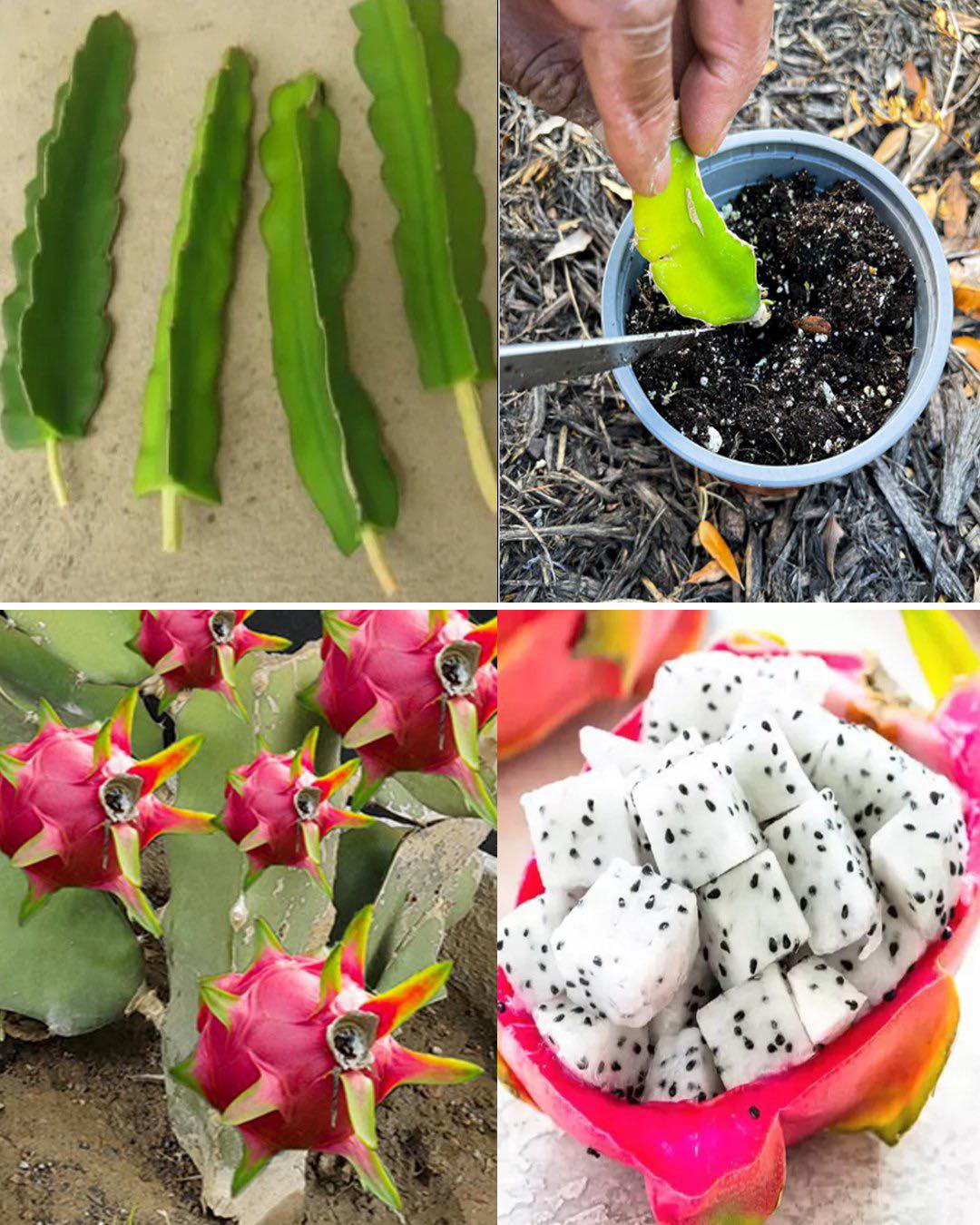
Why Choose Cuttings?
Growing Purple Dragon Fruit from cuttings is a preferred method for beginners for several reasons:
Faster Growth: Cuttings typically mature more quickly than seeds, allowing you to enjoy your harvest sooner.
Clonal Reproduction: Cuttings produce plants identical to the parent plant, ensuring desirable traits are passed down.
Greater Success Rate: Beginners often find success with cuttings, as they eliminate the uncertainty of seed germination.
Materials You’ll Need
Before you begin, gather the following materials:
A mature Purple Dragon Fruit plant (to take cuttings from)
Sharp, clean pruning shears
A pot with well-draining soil
Perlite or sand (for soil mix)
Rooting hormone (optional but recommended)
A trellis or support system for climbing
Steps to Grow Purple Dragon Fruit from Cuttings
Follow these steps to start your Purple Dragon Fruit journey:
- Selecting Cuttings:
Choose healthy stems or branches from a mature Purple Dragon Fruit plant. Ensure they are at least 12-18 inches long and free from diseases or pests. Cuttings with two or three segments are ideal.
Cutting and Drying:
Using clean pruning shears, cut the selected stems just below a node (the small, knobby bumps on the stem). Allow the cuttings to air dry for a few days to callus, which helps prevent rotting when planted.
Preparing the Pot:
Fill your pot with a well-draining soil mix. You can create this mix by combining potting soil with perlite or sand to improve drainage. Make a hole in the center of the pot large enough to accommodate the cutting.
Planting the Cuttings:
Dip the cut end of the dried cutting in rooting hormone (if available) to encourage root development. Plant the cutting into the prepared hole, ensuring that at least one segment is buried in the soil. Water the cutting lightly.
Providing Support:
As Purple Dragon Fruit is a climbing plant, it needs support to grow vertically. Install a trellis or a sturdy support system in the pot to help the plant climb.
Watering and Care:
Keep the soil consistently moist but not waterlogged. Water sparingly during the winter months. Place the pot in a location with bright, indirect sunlight. Dragon fruit plants thrive in temperatures between 65°F to 95°F (18°C to 35°C).
Patience and Pruning:
Be patient, as it may take several weeks for the cutting to develop roots and begin growing. Once it starts growing, you can prune and train the plant to grow along the trellis.
Harvesting:
With proper care, your Purple Dragon Fruit plant should produce fruit within one to two years. Harvest the fruit when it turns vibrant purple and yields slightly to gentle pressure.
Growing Purple Dragon Fruit from cuttings is an enjoyable and rewarding experience for beginners. With patience and care, you can enjoy the beauty of this unique plant and savor its delicious, dragon-like fruit. So, roll up your sleeves, gather your materials, and start your journey into the world of Purple Dragon Fruit cultivation today!
News
My grandpa taught me this trick to eliminate weeds in just 10 minutes with zero effort. Here’s how it works.
Weeds are the bane of every gardener’s existence. They pop up uninvited, stealing nutrients, sunlight, and space from the plants you actually want to grow. Over the years, I’ve tried all sorts of methods to keep them at bay—from pulling…
Plant once, harvest forever: 12 Perennial Veggies for Endless Abundance
When it comes to gardening, the idea of planting once and harvesting forever sounds like a dream come true. While annual vegetables require replanting each year, perennial vegetables offer a sustainable alternative, providing a continuous harvest with minimal effort. If…
10 Best Homemade Fertilizers for plants easy to find at home
In the pursuit of nurturing a flourishing garden, enthusiasts often turn to homemade fertilizers as a cost-effective and eco-friendly solution. Fortunately, many effective fertilizers can be concocted from common household items, offering a natural boost to your plants’ growth and…
How to make Banana Peel Fertilizer
Banana peels are a fantastic, eco-friendly resource for enriching your garden soil. Rich in potassium, phosphorus, and calcium, they provide essential nutrients that help in the growth and health of plants. Instead of throwing away your banana peels, turn them…
How to Grow Mint From Cuttings in Water – Step By Step Guide
Mint, with its refreshing aroma and versatility in culinary applications, is a beloved herb for many gardeners and cooks. It’s also one of the easiest herbs to propagate from cuttings in water. Whether you’re a seasoned gardener or a novice…
How to grow grapes from seed in containers
Growing grapes from seeds in containers can be a rewarding but somewhat lengthy process, as it takes time for grapevines to mature and produce fruit. Here’s a guide to help you get started: Materials Needed: Grape seeds (preferably from a…
End of content
No more pages to load


